Premium Only Content
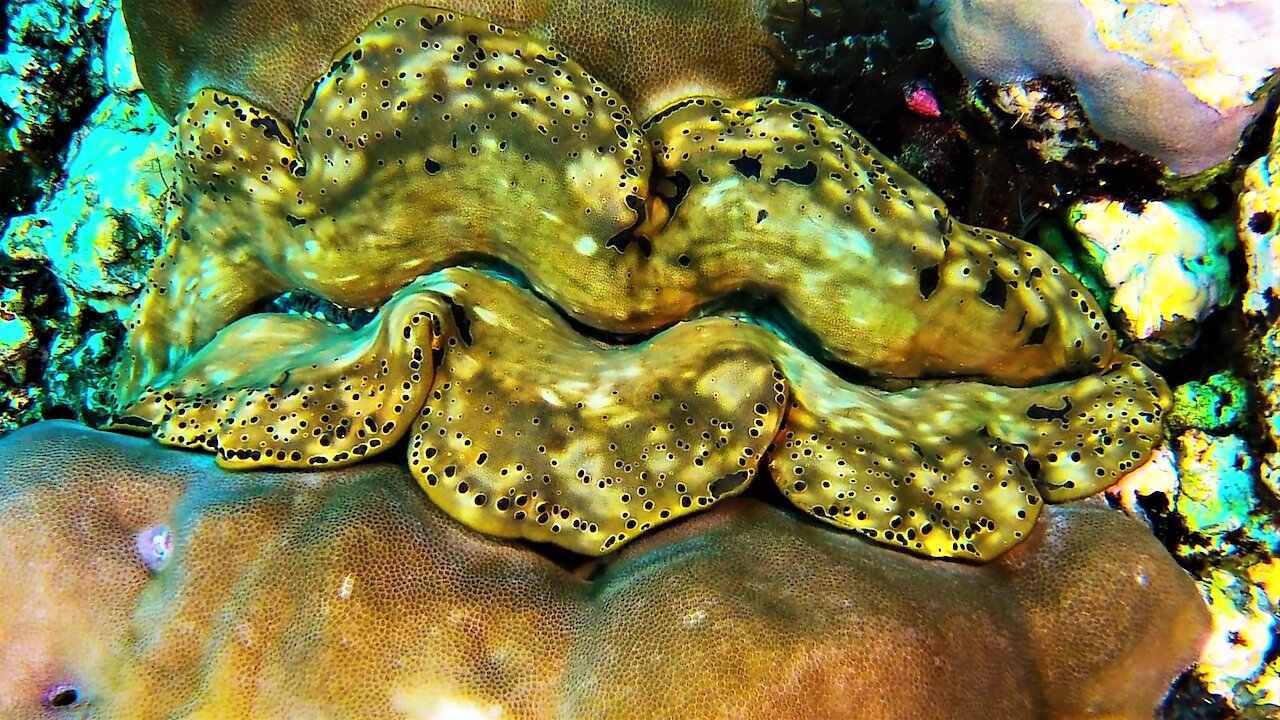
Giant clam looks like the world's biggest puckered lips
This giant clam has every reason to be happy. It lives in a gorgeous are of the Pacific Ocean in Papua New Guinea. It is only fitting that it looks just like an enormous pair of puckered, smiling lips. Divers who came across this large animal were fascinated by its movements as it opened and retracted in response to their movements. No matter how carefully they approached, the clam was aware of their presence and it retreated as they moved closer.
This clam began life as a tiny larvae, adrift on the ocean current. It became wedged between two coral heads where it grew into the clam that we can now see. It takes roughly three to ten years to develop into a clam big enough to be considered safe. They lodge and grow, never leaving the spot where they first make their home. They have only one chance to select a proper spot. Giant clams can grow up to 1.3m (4 feet) across and can weigh more than 225kg (500lbs)
These giant clams are the world's largest bivalve mollusks. They filter water and eat the tiny plankton in their infancy. As they grow, they enjoy a symbiotic relationship with a single celled algae that grows on its mantle. The clam spreads its mantle and the algae processes sunlight through photosynthesis. It is from this algae that the clam obtains its nutrition.
The clam actually has several hundred light sensors that act as eyes, sensing a dimming of illumination, alerting the clam to the presence of a predator. The eyes do have an image recognition capability and the clam can detect movement, also to help it detect a threat. It can retract partway into its shell for protection.
Because these clams are immobile, reproduction poses a significant challenge. Through the release of spawning induced substances, clams are able to synchronize the release of sperm and eggs with other nearby clams. A female clam can release up to 500 million eggs at a time. This huge number of eggs greatly increases the chances of fertilization. The eggs float free in the sea for up to twelve hours before hatching into larvae. The larvae can navigate across the sea bed or they can swim to a suitable location. It can move around in search of the best habitat for several weeks. Once it anchors in a spot, it will spend the rest of its life there.
These giant clams were once prolific in the Pacific Ocean but their numbers have greatly decreased in recent years.
-
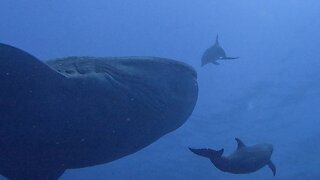 0:53
0:53
WildCreatures
1 month ago $2.31 earnedDolphins escort whale shark through pack of stunned scuba divers
8.74K6 -
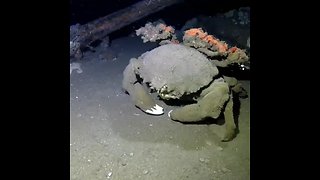 0:30
0:30
scubastevemaui
6 years ago $14.23 earnedSponge crab looks like something from outer space
3.38K3 -
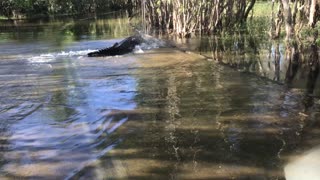 0:37
0:37
ViralHog
6 years ago $2.14 earnedBlacky the Giant Crocodile
283 -
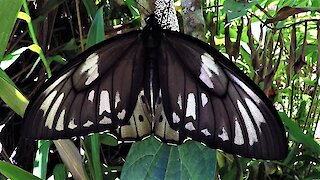 1:14
1:14
WildCreatures
5 years ago $4.14 earnedGiant birdwing transforms from caterpillar to cocoon to butterfly
32.9K -
 0:21
0:21
cdngreenwaterdiver
5 years ago $10.99 earnedGiant Manta Ray swims right at side of boat
6.69K5 -
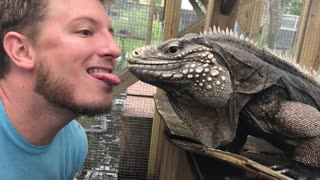 0:13
0:13
ViralHog
6 years ago $0.01 earnedFeeding Giant Iguana from Your Tongue
187 -
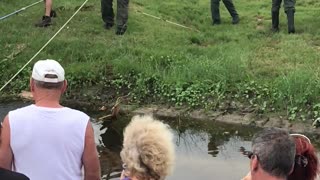 8:48
8:48
ViralHog
6 years ago $0.41 earnedGiant Gator Removed from Drainage Ditch
3.09K1 -
 1:37
1:37
WildCreatures
5 years ago $7.68 earnedPhotographer has once in a lifetime swim with giant whale shark
4.89K1 -
 0:40
0:40
WildCreatures
6 years ago $0.05 earnedGiant lobster is very curious about diver's camera
1.69K -
 0:34
0:34
WildCreatures
6 years ago $8.72 earned500 lbs Giant Galapagos Tortoise tramples GoPro
2.27K